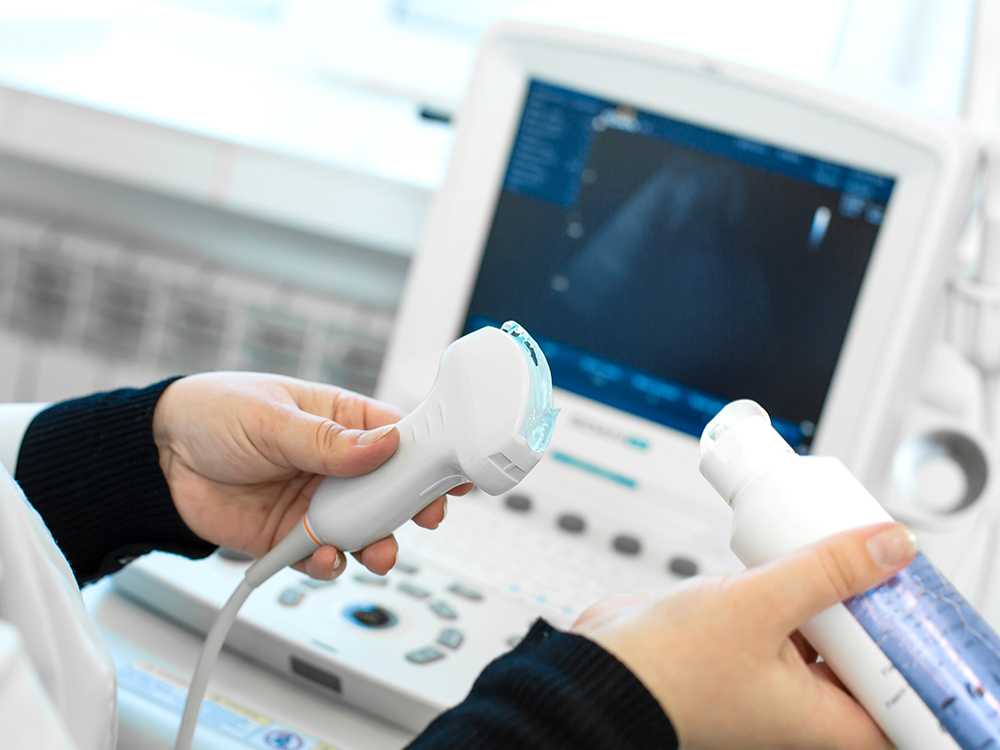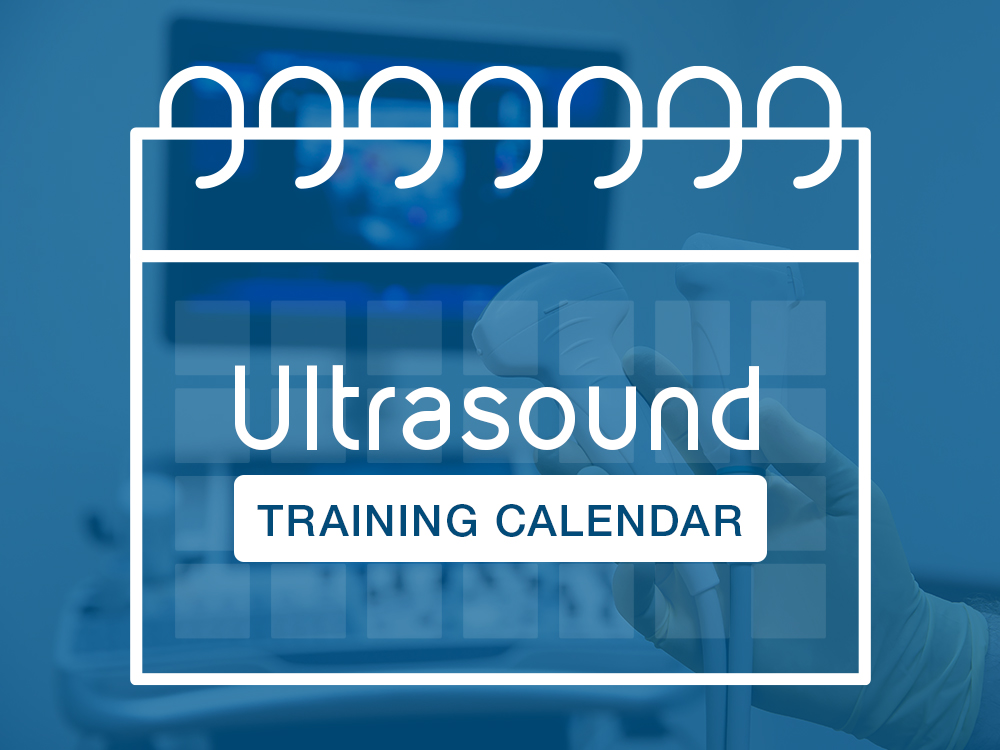4 Steps to Troubleshooting Environmental Interference in Ultrasound Systems
March 30, 2021
By Daniel Hoffman, Technical Operations Manager
Any technician with experience in solving technical issues for medical ultrasound will tell you the hardest thing to troubleshoot is poor image quality or intermittent artifact. These issues usually leave technicians with no error codes to go on and system logs may not provide any guidance. Add on the possibility of environmental interference and any technician could really go into a tailspin fast. In this article, I will offer a few tips that can go a long way in ruling out or resolving any environmental interference that could be impacting the performance of your ultrasound system.
At this point in the troubleshooting process, you should have already tried basic troubleshooting techniques including swapping out the probe, looking into the presets, and ruling out user error or technique. Hopefully before swapping out internal hardware you will check for environmental interference and the factors that can increase the machine’s susceptibility to interference.
1. Check for proper grounding
First, test to make sure the system and outlet is grounded properly. Make sure all panels are installed on the machine, because some panels are designed to shield the machine from interference. Improperly grounded equipment or missing shielding panels will increase the susceptibility of interference.
2. Understand your surroundings
Find out if there were any recent changes to the environment that could be causing interference. In my experience, I have seen AM radio towers, WiFi routers, lamps, elevators, ventilators, and even CT machines cause imaging artifacts. Luckily, ultrasound systems are cart-based and can usually be easily moved to a different environment to see if performance improves. Also remove the network cable and remove any unnecessary peripherals if applicable.
3. Record the error
Try to get an image or video clip of the interference. The image can then be compared to others to determine if it is a hardware issue, like a channel board/transmit receive board, or something environmental that has been seen before. Check for OEM tech notes. For instance, GE released a tech note to add copper tape to the front-end processor shield panel for the Logiq 9 ultrasound system to reduce interference.
4. Ask for help
After using all of these troubleshooting methods, image artifacts and interference can sometimes still persist. When this happens, use your resources. Check with colleagues or other ultrasound experts in the industry to see if they have encountered similar issues with a specific piece of equipment. Feel free to reach out to the Med Vest Technology Tech Support team for help in identifying environmental interference.




